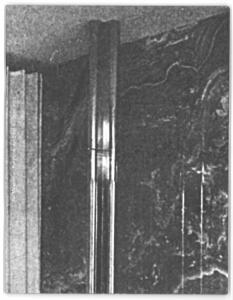Hablik 3,
glass, tin
68 × 49 × 51 cm
Print/Permalink: https://isamelsheimer.com/works/hablik-3
acrystal
branches
brass
car tires
cardboard
cement
ceramics
concrete
curtain
fabric
fluorescent lamp
fly screen
foam
foil
glass
glaze
gouache
hama pearls
ink
lamp
mattress
metal
mirror
mosaic tiles
moths
nails
paper mâché
pearls
penelope canvas
plants
plastic
plastic bottles
plexiglass
polaroid
porcelain
poster
pullovers
quartz plaster
rescue blankets
roots
satin
seeds
sequins
sewing thread
stone
t-shirts
thread
tin
video
wire
wood
wool


